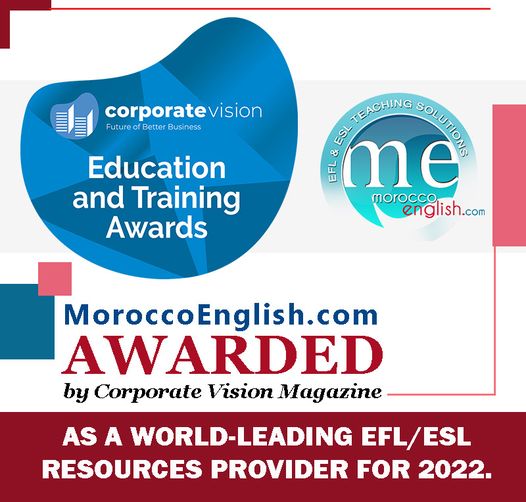
Rabahi Yazid – for MoroccoEnglish.com
For those who are unfamiliar with the term scaffolding, it is the temporary structure that one can see outside a building. It is usually made of wooden planks and metal poles. Workers used it to stand upon while building, painting, repairing, restoring, or cleaning. In the wonderland of teaching,however, scaffolding has something to do with building knowledge and understanding as well as reinforcing assimilation because the teacher is reckoned to be not only the builder but also the architect that designs strategies helping students to connect the dots and set their apprehension having recourse to scaffolding.
Specifically speaking, scaffolding in the kingdom of teaching refers to a variety of instructional techniques used to move students progressively toward stronger and deeper understanding and, ultimately, greater independence in the learning process. In addition, scaffolding is vital and critical in building bridges of knowledge and mending gaps of comprehension in any lessons and/or projects. In fact, anything that simplifies the understanding of a lesson can be classified as a technique under the umbrella of scaffolding like providing simple examples, explanation and visuals.
For your information, scaffolding exists within the teaching of any skill because In teaching teacher has always to take a step back to see where he is going with his students. “One step back, two steps forward, ” This is what teaching is all about….Every time a teacher engages with students to a new topic, he should check their basic information about that topic. Indeed, survey their knowledge, mend any wrong information they have and take them progressively to the unknown world to embrace new information.
By doing so, teachers are spreading some powerful self-confidence while letting the students feel comfortable with their acquired knowledge and let them show off what they know meanwhile use other tactics like modeling, cue cards, hints, handouts, prompts and mind mapping to dig into their world and excite their curiosity. Sometimes teachers lead the lesson through staged questioning with factual content and simple language to put students at ease while teasing their mind.
In addition, teachers have to show samples and tell more about the topic from different angles and perspectives while recalling information. Teachers have to give time to students to talk and let them swirl the information in their brain to make sense out of it and connect to it to their own world. Then, give them time to talk and express their understanding. Teachers after that have to go back and forth to mend and reinforce. In scaffolding, teachers can recycle any previous situation that is connected to the current situation
Finally, scaffolding as you may see is nothing but some ways of carrying out tasks used by teachers to support students learning. However, teachers have to stay alert all the time because not all techniques may work with all students as not all students can be in the same level. As a result, teachers need to vary more and more ways to reach out to all learners. Teachers can even open doors to peer teaching which is another technique within scaffolding.
Rabahi Yazid M.ED.






































